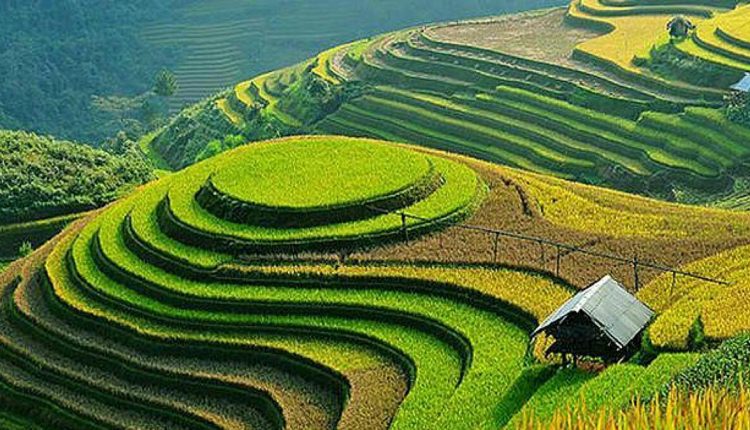- Advertisement -
Terrace farming is cutting flat areas from the hilly or mountainous landscapes for cultivating crops. This method is used in the rice fields of Asia. And also, terracing is applied to the steep slopes of the Andes in South America. Terracing is used to support cultivating crops that require irrigation, such as rice. Rice requires a lot of water and a flat area. When there is a flat area, the paddy field can be flooded easily. Tea farmers also use terrace farming for tea cultivation.
Advantages of terrace farming
Advantages of terrace farming are the conservation of soil and water, reducing soil erosion, and elimination of grass waterways that can be difficult to maintain and reductions in flooding. Terraces reduce both the amount and velocity of water moving across the soil surface, which greatly reduces soil erosion. Terracing thus permits more intensive cropping than would otherwise be possible.
Disadvantages of terrace farming
The capital cost of building terraces is high, and the time required to maintain terraces is also high. Those are the disadvantages of terrace farming.
The effects of terrace farming
Soil water enhancement is happened in the water-restricted regions due to terracing. Terracing can increase soil moisture by 0.87% to 37.71%, and it is beneficial to ecosystem restoration. The most powerful in soil water recharge is broad bench terraces. The washing away of soil nutrients by the rains is also prevented by terrace farming, and it leads to the growth of healthy crops. Plants can be carried away by the heavy flowing rivers of water. And also, the crops can be carried away by rainwater. It leads to having a low crop yield.


